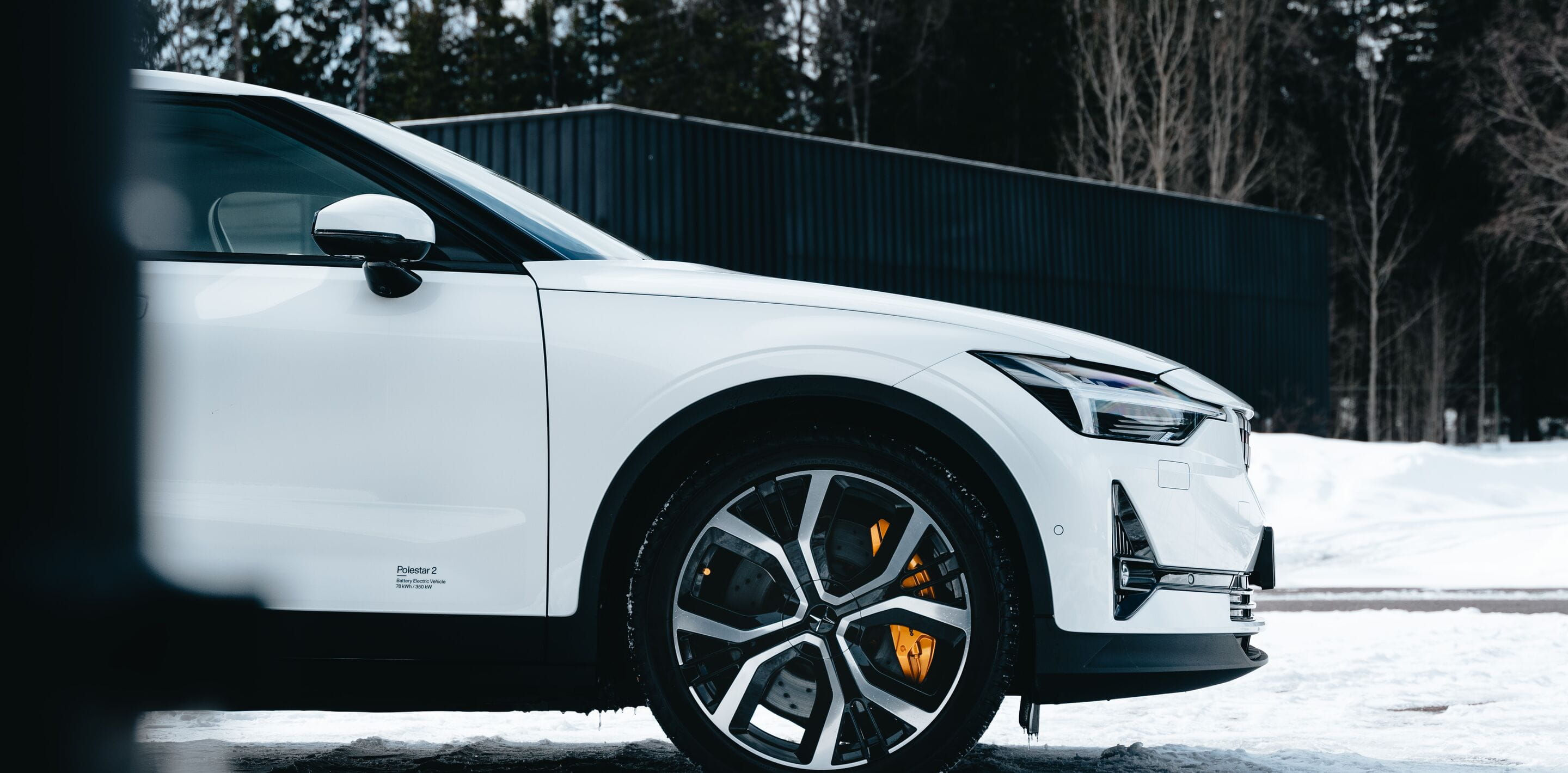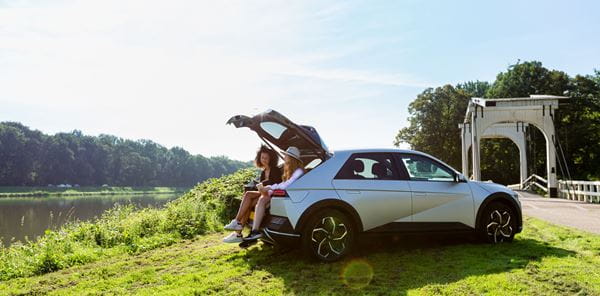
Key EV terminology explained
Electric driving is the future. And as with any new phenomenon, a whole new vocabulary is emerging around it. Have you heard about ELCV, V2G, WLTP and bidirectional charging? We explain some important terminology related to electric driving for you.
WLTP WLTP (Worldwide Harmonised Light Vehicle Test Procedure) is the reference test used to measure a vehicle's emissions. It is carried out to determine whether the car meets the current emission standards. WLTP testing also looks at how much distance a vehicle can travel according to its consumption. This is why, when talking about the range of an electric car, people always talk about the WLTP value. Today, the WLTP is the most realistic test for cars, but because the test is carried out in a laboratory, the results may differ somewhat from the real consumption on the road.
ELCV An ELCV is an electric van and literally means Electric Light Commercial Vehicle. The term is used for cargo vehicles weighing no more than 3500 kg. Given their size and weight, the range is still fairly limited. The ELCVs with the greatest range drive around 250 to 300 kilometers on a full battery. Therefore, ELCVs are particularly interesting for companies operating in cities or whose drivers only need to travel short distances. Discover more about ELCVs here.
DC charging Power coming from the grid is always AC (alternating current). However, the devices that use this power are DC (direct current). Many electric cars have a converter built into them that converts the AC current to DC. DC chargers are bigger and faster, making it possible to charge your car quickly. Most charging stations use AC charging, which can be done at a charging rate of around 22 kW. But DC charging makes charging your battery much faster. So DC chargers are fast chargers, which you usually find along motorways.
Bidirectional charging Bidirectional charging literally means that you can charge in two directions. This way, electricity from the grid not only flows to your electric car, but vice versa, you can also feed power back with your electric car. So you can charge another vehicle, such as another EV or an electric bike, or you can also give power back to your home, or even to the whole community. And that brings us straight to the next terms.
Vehicle to Grid (V2G) When you give power back to the grid from your car, we speak of Vehicle to Grid. You can do this to regulate local energy needs using smart charging. For instance, you can charge energy during off-peak hours and give it back to the grid during peak hours. Makes sense, too, because most of the time cars are parked and you don’t need the stored energy at that moment. With proper planning and the right infrastructure, EVs can thus be used as big power banks on wheels. And so in the future, EVs could ensure that there is always energy for everyone, at all times.
Vehicle to Home (V2H) In Vehicle to Home, your car gives energy back to a house or other building. This is possible thanks to the converter that converts DC back to AC. V2H also allows you to rebalance local energy grids. So you charge your EV at night, when there is less demand for power. During the day, you use this electricity at home. Thanks to V2H, you actually have a kind of driving home battery.
Smart charging With smart charging, you make sure your charging time and charging rate are optimally regulated. For instance, you can use your smartphone to set how your EV should be charged. This way, your car can be connected to the charger without charging at full capacity all the time. You can choose the most efficient time to charge, taking into account energy demand and energy price. Do you have a digital meter at home? That way you can make sure your car avoids energy peaks and thus charges less when you use a lot of energy at home and charges more when all other electrical appliances are turned off.
Spread consumption Since 1 January 2023, the capacity tariff is being applied in Flanders. This means that part of your energy bill will be calculated according to the consumption peaks you achieved in the past month. To avoid those peaks becoming too high when you charge your car, you can spread your consumption. This is called 'spread consumption', which means that you spread the use of your energy-consuming devices or limit the power of your devices. You do this, for example, by charging your car smartly.
Regenerative braking Regenerative braking means that your car stores energy when you decelerate. This is done not by pushing your brake pedal, but by simply releasing your accelerator. In a traditional car, this is called 'engine braking'. But in an electric car, the energy flows back to your car battery. You can often control how much your car brakes when you release the accelerator. That way, in some cases, you hardly even need your brake. Some cars can determine how much they brake based on different data. With every car, regenerative braking is slightly different. Some cars brake fairly abruptly, while others brake more evenly. For cars that brake completely until they come to a stop, we speak of One Pedal Driving.
One Pedal Driving With One Pedal Driving, you only use your accelerator pedal to accelerate and brake. So you literally only need one foot. Press the pedal? Then your car accelerates. By keeping your pedal under control, your car travels at the same speed. If you release the pedal, the car slows down until it comes to a complete stop again. Thanks to sensors, the car itself can also determine how much it brakes when you release the pedal. One Pedal Driving feels a bit bizarre at first, but once you get the hang of it, it is very comfortable.
Range anxiety Range anxiety is a phenomenon that many new EV drivers suffer from. Namely, it is the fear of suddenly being left with a dead battery while driving. This reaction is very natural, but in practice many drivers quickly overcome this fear. Especially for longer car journeys, many drivers suffer from range anxiety. However, you can also perfectly set off on a road trip with an electric car. You can read how to do that here.
ICEd ICE stands for Internal Combustion Engine. When you are ICEd, it means that a traditional petrol or diesel car is parked at a charging point, so you cannot charge your EV yourself. In any case, it is not very social, but fortunately these days local authorities intervene and drivers of ICE cars can be fined in this case.
Combined Charging System (CCS) CCS is a type of connector for charging your car quickly. When you charge your car at a regular charging station, you use your own charging cable. But for fast charging, that cable is not enough. So fast chargers are equipped with their own, fixed charging cables. These are equipped with a CCS connector or CHAdeMO connector that transfers a lot of current in a short time. In the European Union, the CCS connector is the standard. Just about all electric cars made in Europe have CCS.
With this terminology, you are hopefully already a step ahead in the wonderful world of electric driving. Still have questions? Do you suffer from range anxiety? Or would you like to know more about electric driving and charging? Then check out the 'electric driving' page on our website.





